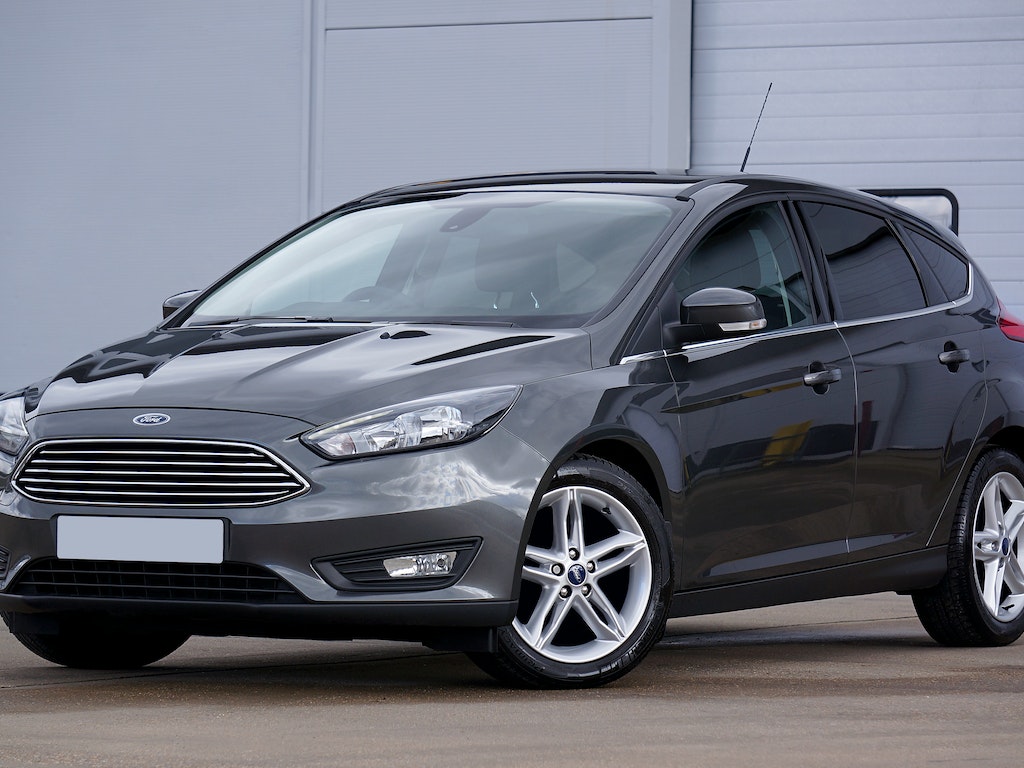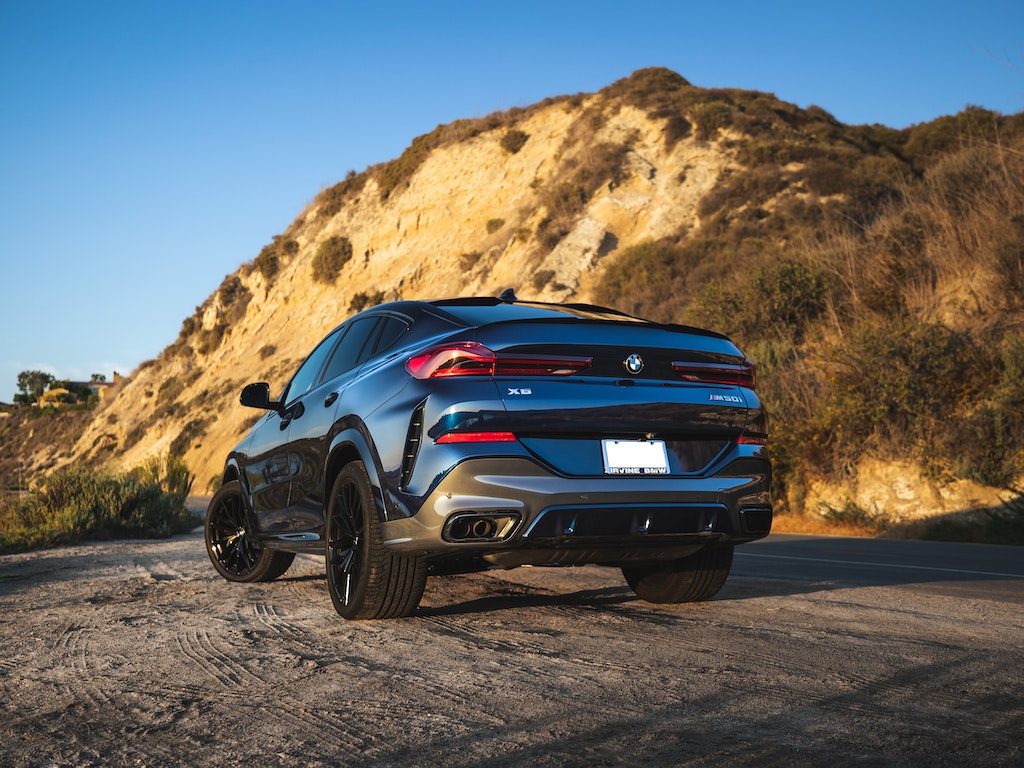
Knowing the key differences between sedans and coupes can save you time as you research all the various body styles on the market today. Do you know the differences?
Performance
When a car weighs a few hundred pounds less, acceleration and braking capabilities are significantly improved. The coupe’s shorter wheelbase and lighter curb weight make it a more responsive and agile car.
Sedans are often heavier but make up for it by offering optional engine upgrades. It is feasible to purchase a bigger V6 over a four-cylinder variant if you want more power. These bigger, bulkier vehicles frequently receive suspension improvements to enhance handling and performance.
Exterior
Coupe-style vehicles have two doors instead of four. A more extended door means a longer window, which looks great but can make it more challenging to squeeze into tight parking spots.
Many sedans lose their sporty vibe when they add four doors. The shorter doors make entering and exiting much easier for all passengers, and the window and door pillar changes help create a more balanced side-profile appearance.
Interior
Each coupé model has a different amount of space in the backseat area. Some coupes, like the Hyundai Genesis, have less legroom in the backseat due to a focus on comfort for rear passengers. However, the molded seats and integrated cup holders make it a comfortable experience. This model has no middle seat, effectively limiting passenger space to four occupants.
Sedans, like the Honda Accord, are roomy and comfortable. The front and back seats have plenty of head and leg room with enough space for five passengers. It also features a bench-style seat with three seat belts.
Cargo
Although coupes often have less cargo space than sedans, it may be possible to fold down the seats and expand the trunk area on some models. In addition, each model varies in build type and quality; it’s essential to look at a vehicle’s specified cargo space and the interior’s flexibility to determine which vehicle has the most room for your belongings.
Sedans are longer than other vehicle types, offering more cargo space in the trunk. For example, the Hyundai Sonata has over 16 cubic feet of cargo space in its trunk, providing ample room for groceries or luggage.









